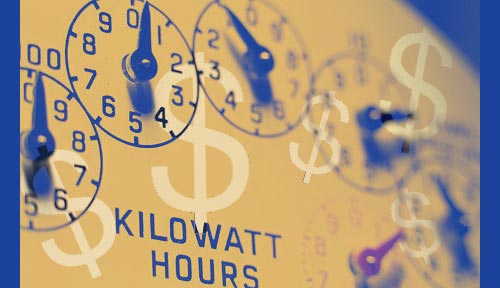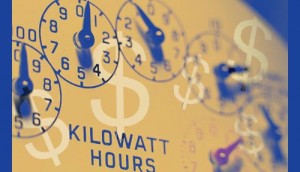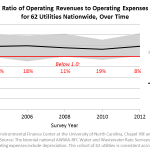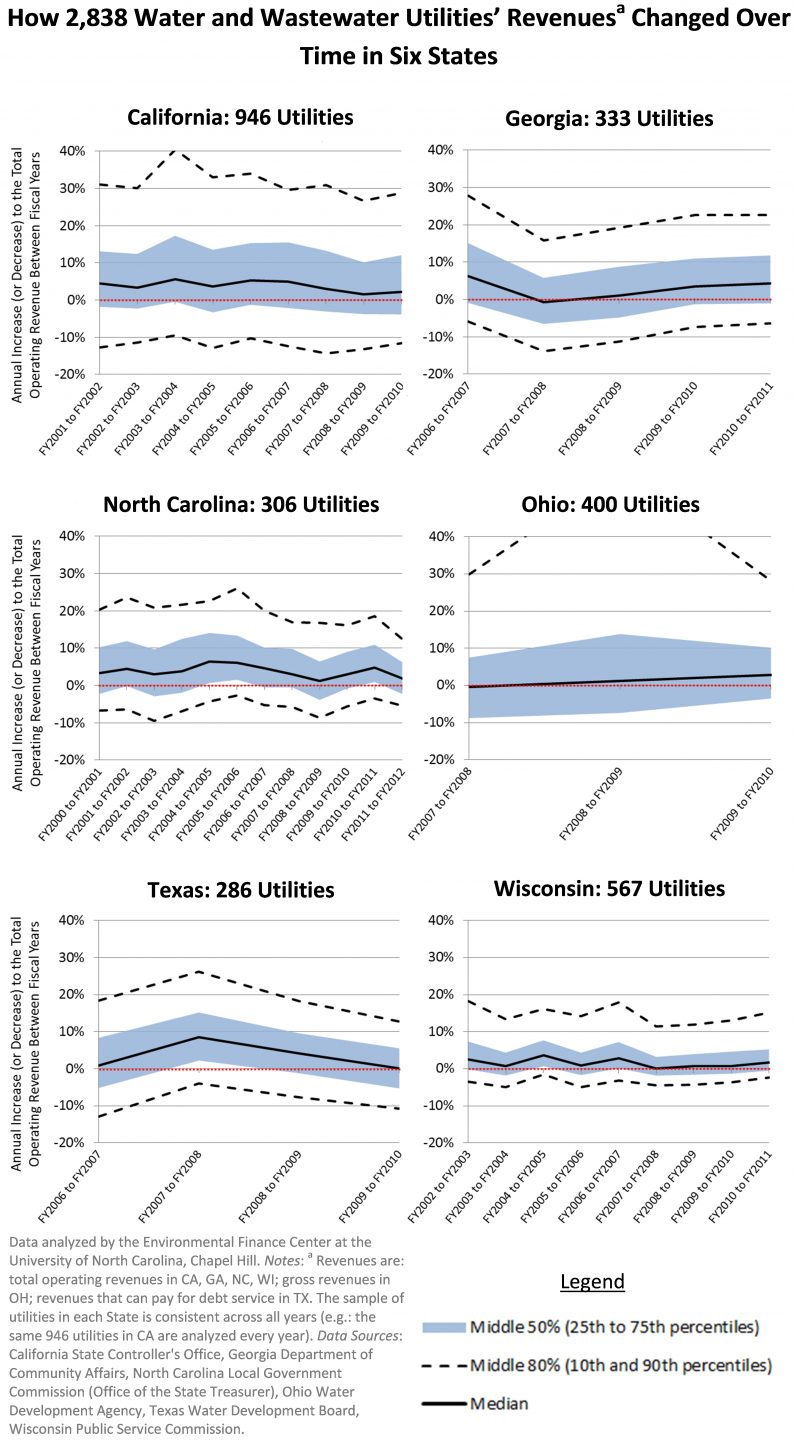David R. Tucker is a Project Director at the Environmental Finance Center at UNC Chapel Hill
It’s the season of Halloween, and for some, this time of ghosts and goblins, zombies and vampires can be scary. For others, trick or treating and costumes and parties are great fun. For still others, the scary news of late is higher electric bills. Here in our home state, the North Carolina Utility Commission (NCUC) has approved a 7.2% residential electric rate increase for Duke Energy Carolinas customers, and a similar 7.5% increase for Duke Energy Progress customers. However, the NCUC’s orders came with several other changes for Duke Energy, including the piloting of residential electric Time of Use (TOU) rates – the analysis of which is the sort of thing we at the EFC think is fun!










